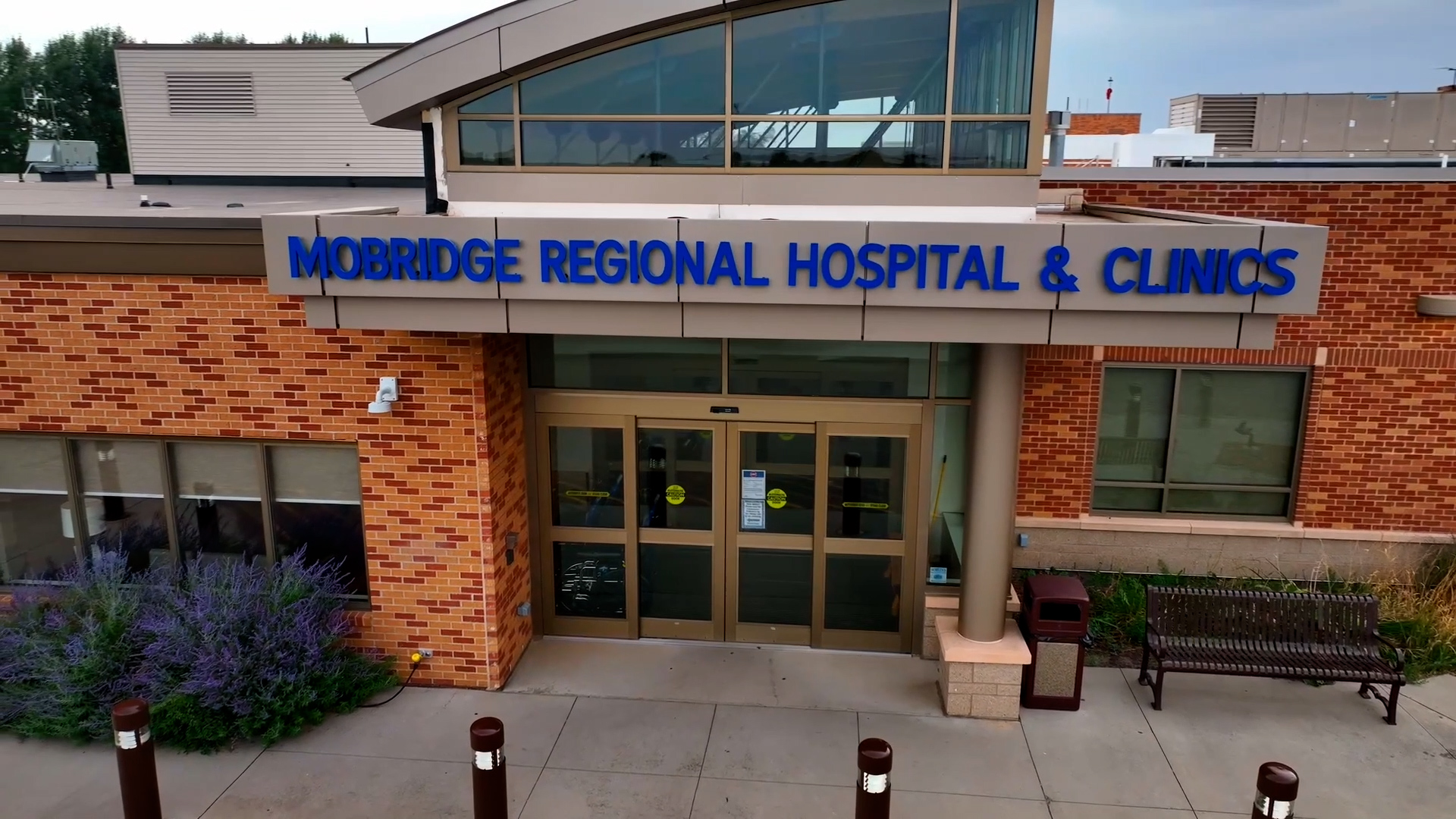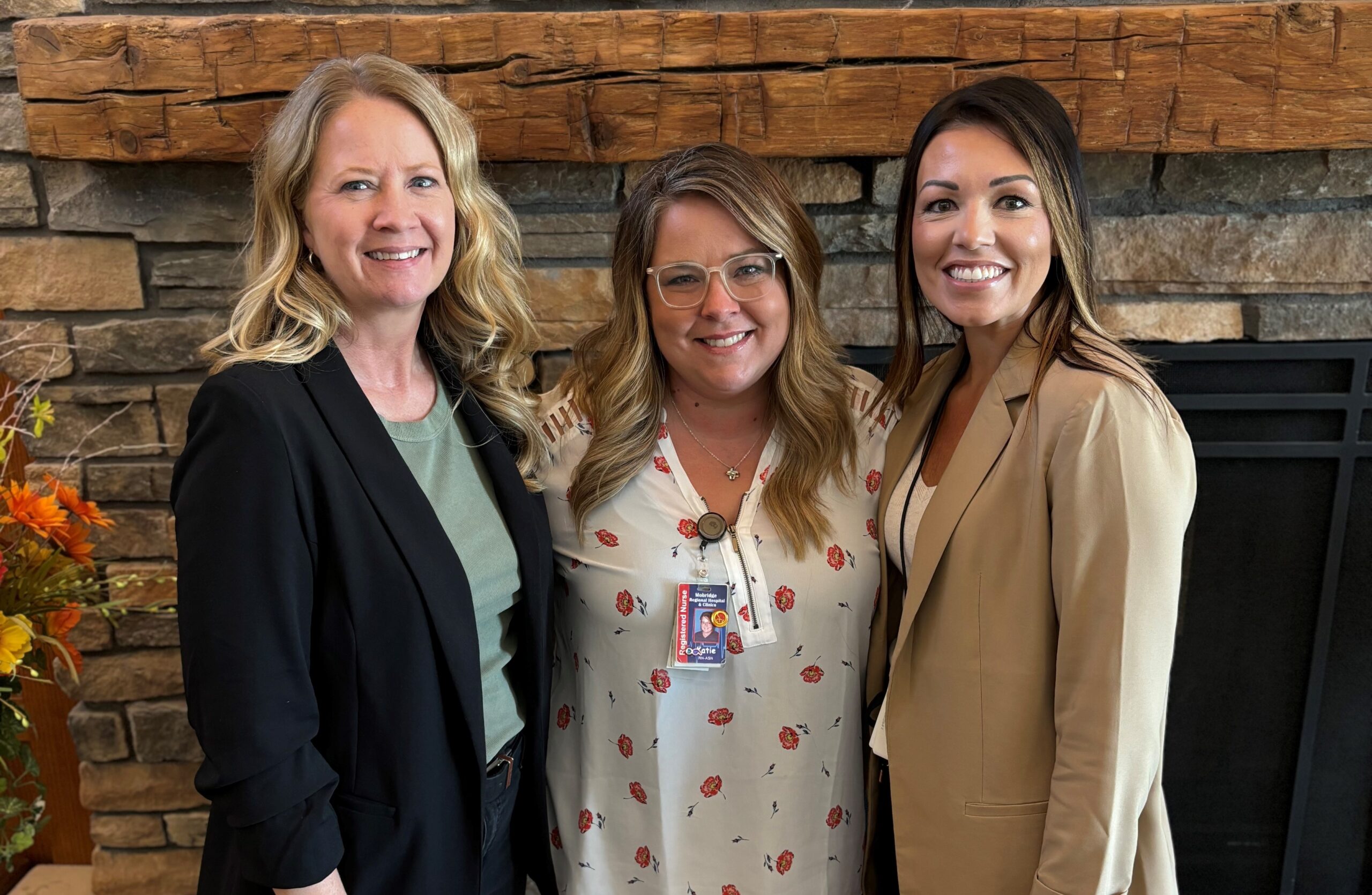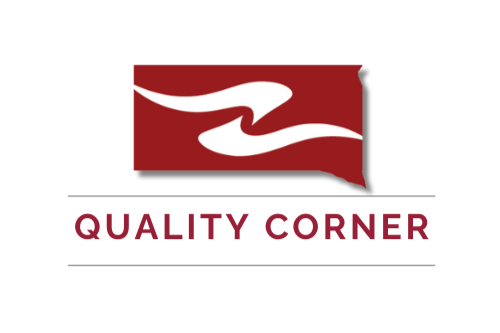According to an article in the peer-reviewed Cureus Journal of Medical Science, hospitals are recognized as the most important settings for reducing medical errors and promoting the quality of patient care. Positive patient outcomes such as better recovery rates, fewer complications, and shorter hospital stays are the result when patients receive high-quality and safe care.
One way to reduce error and increase quality care is through staff reporting of incidents that occur. Reporting of these events within a positive patient safety culture allows for a deeper look into the process leading to the event, identification of systemic problems, and implementation of proactive improvements such as staff education, all which help decrease the chances of further occurrences.

Mobridge Regional Hospital and Clinics located in Mobridge, South Dakota is a 25-bed Critical Access Hospital. Staff at Mobridge Regional have been using an incident reporting process throughout their facility, but quality leaders felt enhancements could be made to the current process to result in improved safety of patients. Mobridge Regional Hospital and Clinics offers medical, surgical, obstetrical, intensive care/coronary care, emergency room, ambulance, assisted living and swing bed services throughout a five-county area with a population of 17,000.
In 2023, work within the current incident reporting process began. Staff are educated about the incident report form on hire and encouraged to complete and turn into their supervisor when an incident occurs. The department supervisor then reviews the form with the employee who made the submission, it is reviewed by quality, and then finally reviewed at Quality Assurance Performance Improvement (QAPI) meetings.
“Staff are now also encouraged to report near misses/good catches as well. While reviewing the process, staff were found to be very good at reporting medication errors and falls but it was felt improvements could be made in the near miss/good catch reporting. Through quarterly All-Employee Forums, leadership team meetings and QAPI meetings, we encouraged staff to complete the form for all incidents, near misses and good catches. We explained that the form is for internal use only and improvements cannot be made if we aren’t aware. With time and education, we have seen an increase in submission of good catches which has led to process improvement. All falls that occur are reviewed by the medical staff at medical staff meetings and all good catches are reported monthly at leadership team meetings. All medication errors are reviewed by the nurse manager, pharmacist and quality, and then further discussed at quality improvement and medical staff meetings.” Jenn Dietterle, Director of Quality and Compliance, Mobridge Regional Hospital and Clinics.
For many years, Mobridge Regional Hospital has employed a safety officer. The safety officer has always been very involved throughout the facility. This year Katie Rau was hired in the position and brought in some fresh new ideas. The safety officer has many important duties including providing education at monthly nursing meetings on the incident reporting process.
Further enhancements are being made to add infection control and prevention to the reporting process. Starting in September 2024, leadership and all staff are being encouraged to report any areas of concern specific to infection control and prevention such as handwashing concerns, isolation precautions not being followed or areas that are noticed that could use additional cleaning. They are asking for a good catch form to be completed so further improvements can be made to protect patients and provide the best possible care. Amber Amdahl, Infection Preventionist at the facility will also be providing education to staff throughout the year.
When encouraged by nurse managers and other leaders, incident reporting in healthcare fosters a culture of transparency and continuous improvement. Mobridge Regional’s executive team assisted in implementing the changes by discussing them at leadership meetings, employee forums and QAPI meetings. Involving frontline staff in discussions and implementing the changes has helped with buy in and spreading the word to others about the importance and effects of reporting. Dietterle says when she receives a verbal report of an occurrence, she immediately asks the staff member to also fill out the paper report. That way staff gets used to the process and the details are in the employee’s words to take to the appropriate meetings.
Dietterle says there are many members of the team to credit for the success of this project. “We are very fortunate to have had fantastic leadership and executive support as well as employee engagement throughout this project. I do think staff were hesitant to complete the form because it was thought that they would be in trouble or that the incident would follow them. Kayla Wolff, our nurse manager, played a huge role in the increase of reports through her excellent rapport with our staff. Kayla was a previous floor nurse and was able to help our staff to understand that reporting is truly for internal use only and to help improve processes. With her encouragement, we definitely saw an increase in the reporting of near misses. There has also been improved reporting in part due to the resolution of the reports that have been submitted. Our employees have seen that we as leaders have taken this seriously and are actually taking action on the issues that have been reported. It has been a team effort facility wide, and we are so excited to continue to expand further with infection prevention.”

The core group responsible for initiating the work includes Katie Rau, Safety Officer, Amber Amdahl, Infection Preventionist and Jenn Dietterle, Director of Quality and Compliance.
South Dakota Association of Healthcare Organizations (SDAHO) has resources available to assist hospitals looking to improve the culture of safety within their organization. Please reach out to Michelle Jury BSN, RN, CPHQ at michelle.jury@sdaho.org if you have any questions.




